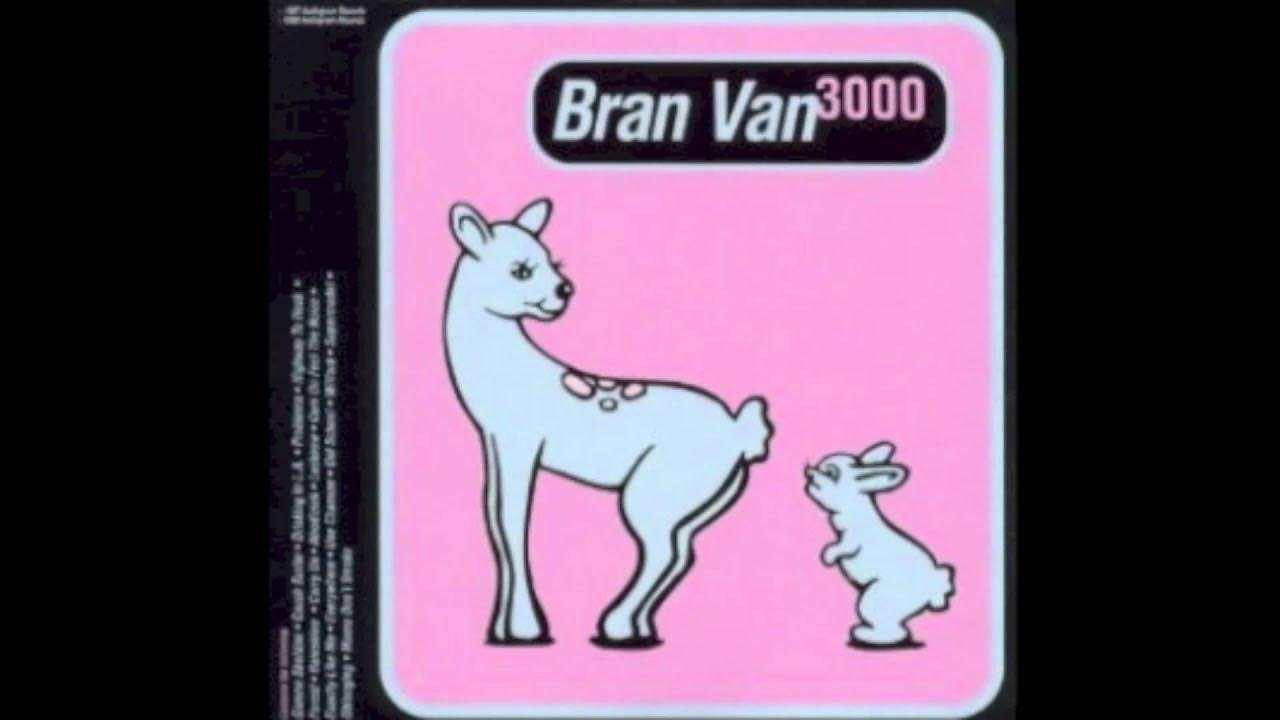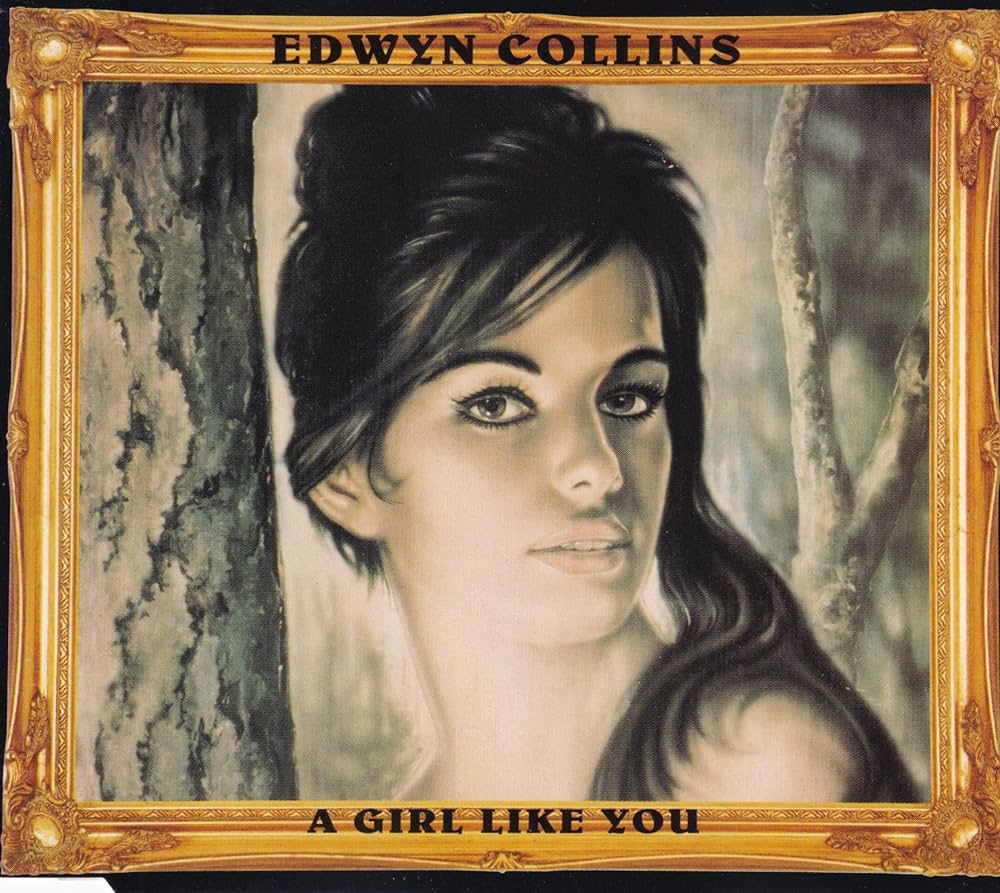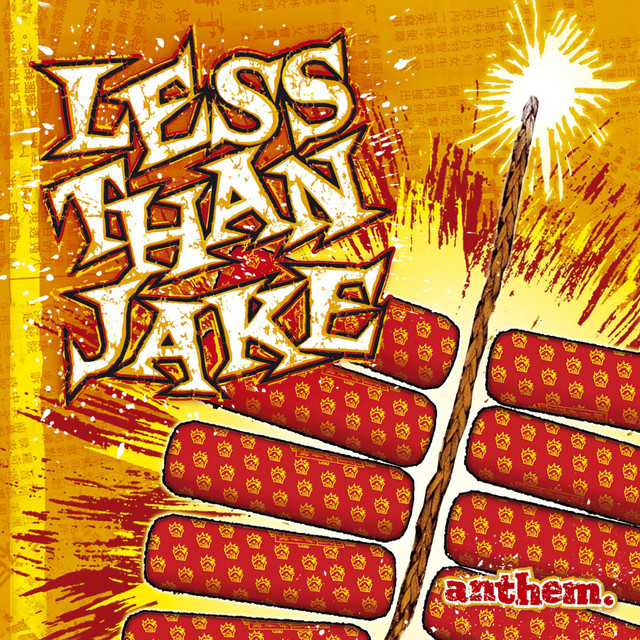 When Hole released “Violet” in 1995 as the third single off their landmark album Live Through This, the band’s frontwoman Courtney Love was already a lightning rod of controversy. Between her marriage to Kurt Cobain, the tragedy of his suicide, and the wider public fascination with her volatile persona, Love had become a grunge-era Rorschach test—idol, villain, feminist, groupie, genius, fraud—depending on who you asked. But “Violet” cut through all of that noise. It wasn’t just a song. It was a razor-sharp scream from the gut, a piece of unfiltered emotion delivered with melodic precision and poetic spite. With “Violet,” Hole distilled the chaos of 1990s alt-rock feminism into three and a half minutes of beautiful brutality.
When Hole released “Violet” in 1995 as the third single off their landmark album Live Through This, the band’s frontwoman Courtney Love was already a lightning rod of controversy. Between her marriage to Kurt Cobain, the tragedy of his suicide, and the wider public fascination with her volatile persona, Love had become a grunge-era Rorschach test—idol, villain, feminist, groupie, genius, fraud—depending on who you asked. But “Violet” cut through all of that noise. It wasn’t just a song. It was a razor-sharp scream from the gut, a piece of unfiltered emotion delivered with melodic precision and poetic spite. With “Violet,” Hole distilled the chaos of 1990s alt-rock feminism into three and a half minutes of beautiful brutality.
“Violet” opens with a deceptively gentle, almost lullaby-like guitar progression—Courtney’s voice tender, restrained, almost girlish. But it’s a feint. This isn’t softness. It’s bait. As the tension builds, the chorus hits like a sledgehammer. “Go on, take everything, take everything, I want you to!” she howls, her voice unraveling into a raw, seething roar. That refrain is a tantrum, a dare, a weapon, and a wound all at once. It’s one of the most cathartic choruses in the history of ‘90s rock.
The lyrics, at once cryptic and scathing, float somewhere between confession and confrontation. Lines like “When I get what I want, I never want it again” capture the contradiction of craving attention and resenting it, a theme Courtney lived out in public again and again. She also taunts a former lover: “And the sky was all violet / I want it again, but more violet, more violet.” There’s a poetic rhythm here, even as the venom drips. Her wordplay turns “violet” into a prism—representing bruises, rage, beauty, sex, the sky, royalty, the sacred, the profane.
Many fans and critics have long speculated that “Violet” was directed at Billy Corgan of Smashing Pumpkins, with whom Love had an intense and tumultuous relationship before marrying Cobain. The song’s lines seem to alternate between lust and loathing, admiration and disdain, which maps onto the complex dynamics of that romance. But “Violet” is less a diss track than a reclamation. Love isn’t mourning a lost love—she’s obliterating the pedestal it stood on. The song sounds like what it feels like to take back your power while you’re still bleeding.
Musically, “Violet” exemplifies Hole’s grunge ethos while also hinting at something poppier, hookier. It has the quiet-loud dynamics that Nirvana popularized, but Hole weaponizes that dynamic with a more pointed emotional venom. The verses are almost sweet; the choruses are carnage. Eric Erlandson’s guitar work plays a perfect foil to Love’s vocals, leaning into distortion and sludge when the emotion demands it, and pulling back when it needs space. Patty Schemel’s drumming—precise and pummeling—drives the tension like a ticking bomb, while bassist Kristen Pfaff’s rumbling lines give the song its sinister undercurrent. There’s a tightness here, a unity, despite Hole’s reputation for chaos. This was a band that knew how to deliver devastation with discipline.
“Violet” is also pivotal in the history of ‘90s feminist rock. Hole, alongside bands like Bikini Kill, L7, and Babes in Toyland, redefined what it meant to be a woman in rock music. No longer the tambourine girl or the love interest, women like Courtney Love were screaming front and center, telling ugly truths and refusing to play nice. “Violet” wasn’t designed for approval. It was confrontational, purposefully messy, and furiously alive. It gave women permission to be angry, to be loud, to be unlikable, to be complicated. And it came wrapped in hooks that made it impossible to ignore.
The song’s accompanying music video further amplified its subversion. Set in a burlesque club, it juxtaposes the sexual exploitation of women with the haunting presence of young ballerinas. The imagery is disturbing, deliberate, and brilliant—suggesting that the commodification of female bodies starts early and ends in degradation. Courtney struts through the scene in full glam-punk regalia—lipstick smeared, tiara tilted, eyes blazing. She plays the role they want her to play, but on her own terms. The video doesn’t moralize so much as it stares unflinchingly at the performative violence of femininity in a male-dominated world.
When Live Through This dropped, some critics and skeptics tried to diminish Love’s authorship, suggesting Cobain had ghostwritten parts of it. These claims have been repeatedly debunked, but they reflect the very misogyny “Violet” rails against—the idea that a woman couldn’t possibly create something this brilliant and brutal on her own. It’s ironic: the song is a demand not to be underestimated or erased, and yet it was often met with attempts to do exactly that. Over time, however, the genius of “Violet” has become undeniable. It’s not just a Hole classic; it’s one of the defining tracks of the 1990s alternative rock movement.
“Violet” also stands as a time capsule of Courtney Love at the peak of her powers. Before addiction and tragedy would pull her further into tabloid infamy, she was one of the most ferocious and complex rock stars of her era. “Violet” doesn’t ask you to like her. It dares you to understand her. It’s a tantrum and a prayer, a kiss and a slap. It’s the sound of a woman holding a mirror up to her own rage—and daring you to do the same.
Over the decades since its release, “Violet” has only grown in cultural stature. It’s been covered, quoted, and rediscovered by new generations. For many women, especially those raised on a diet of male-dominated rock, it was one of the first songs that said: your anger is real, and it matters. That alone makes it revolutionary. But its staying power lies in its execution. It’s not just angry. It’s art. Its fury is structured, melodic, memorable. Courtney didn’t just scream—she made you want to scream along.
And unlike many grunge anthems that feel rooted in a specific moment, “Violet” still feels disturbingly current. The themes of exploitation, emotional manipulation, and feminine rage remain evergreen. We live in an era where those issues have only become more publicly visible, and “Violet” feels like a prophecy. Courtney Love was sounding these alarms before social media hashtags existed, before feminism was trending. She didn’t wait for permission, and she didn’t care if you liked her. That’s why the song still lands with such force.
There’s a strange beauty to “Violet” too, beneath all the snarling distortion. The song aches with longing. It wants to reclaim not just dignity, but love, purity, and softness—all the things that rage often hides. “Violet” is a reminder that anger is a mask, and behind it is often the face of someone who once loved too deeply and lost too much. Love’s voice, which oscillates between siren and banshee, embodies that contradiction perfectly.
As a cultural artifact, “Violet” represents the apotheosis of what grunge feminism could be: emotionally raw, politically sharp, and musically unforgettable. It doesn’t just demand to be heard. It demands to be felt. It’s not about being polished or perfect—it’s about being real, even if that reality is messy and uncomfortable. And in that way, “Violet” remains a lifeline for listeners who need music to be more than just background noise.
In the end, “Violet” is more than a song. It’s a confrontation, a reckoning, a cry from the gut. It’s Courtney Love at her most vulnerable and most vicious. It’s what happens when beauty and brutality hold hands and jump off the ledge together. Long after the grunge movement faded and the gossip columns quieted down, “Violet” still echoes—loud, proud, and unapologetically pissed off.


